![]() Ukiyo-e
Ukiyo-e
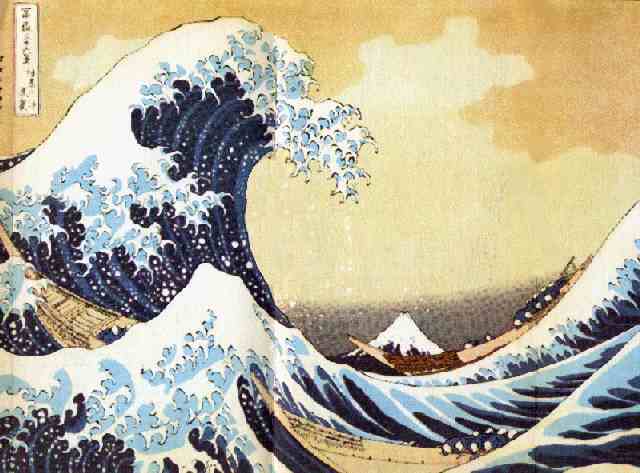
The name of this art form, “Ukiyo-e” literally means “pictures of floating world”. The term floating world refers to the a generally hedonistic way of life. Ukiyo-e first appeared in early Edo period (1600-1868) and it gained its popularity among merchants and townspeople. Flashy Kabuki actors and fashionable courtesans were the most favorite subjects. It first started as illustrations in books, but soon it was seen as single prints. Another role ukiyo-e played was as the advertisement posters for Kabuki theater. Later, artists such as Katsushika Hokusai and Ando Hiroshige started depicting beautiful nature scenes.
Ukiyo-e woodblock prints were created through the collaborative efforts of four skilled individuals: a publisher, a designer, a carver and a printer. Ukiyo-e also played their part in the development of Western art in the late 19th century, including such important artists as Van Gogh, Monet, Degas and Klimt.
Katsushika Hokusai (1760~1849) is best known for his nature scenes and his series ‘Thirty-six Views of Mt.Fuji”. The print above, "Breaking Tide off Kanagawa", or “the Great Wave”, is one of his Mt. Fuji series. Mt. Fuji, a dormant volcano which last erupted in 1707, is often thought of as symbolic of Japan itself. Mt. Fuji is Japan’s tallest peak and is visible for many miles in every direction. It can be seen from Tokyo (Edo). It has been the subject of poetry and song, appearing in well known haiku and tanka poems.
Practice saying that you like (すきです), love (だいすきです), that something is interesting (おもしろいです), enjoyable (たのしいです) or disgusting (いやです) with the following past time activities or things. Use the expressions as you learned. Click each hobby or activity listed below to see the correct response in Japanese.
|
おんがく (音楽) |
おんがくが すきです。(音楽が 好きです。) |
| シャンプを する | シャンプをするのが すきです。(シャンプをするのが 好きです。) |
| フットボール | フットボールが すきです。(フットボールが 好きです。) |
|
つりをする (釣りをする) |
つりを するのが すきではありません。(釣りを するのが 好きでは ありません。) |
| スー キ | スキーが すきです。(スキーが 好きです。) |
|
にほんご (日本語) |
にほんごが すきです。(日本語が 好きです。) |
| ボートをこぐ | ボートをこぐのが すきです。(ボートを 漕ぐのが 好きです。) |
|
うまにのる (馬に乗る) |
うまに のるのが すきです。(馬に 乗るのが 好きです |
|
しけん (試験) |
しけんは すきではありません。(試験は 好きではありません。) |
|
べんきょうをする (勉強をする) |
べんきょうをするのは たのしいです。(勉強をするのは 楽しいです。 |
|
おんがきくをきく (音楽を聞く) |
おんがくを きくのは おもしろいです。(音楽を聞くのは 面白いです。) |
![]() Vocabulary Practice #1
Vocabulary Practice #1
When you feel you have practiced enough, continue to practice the vocabulary along with their English equivalents in this activity. Click Vocabulary Practice or click Begin below.
Vocabulary Practice #1

![]() Necessary Things ひつようなもの(必要な物)
Necessary Things ひつようなもの(必要な物)
Look at things necessary to do each activity in the picture.
キャンプにいくのに テント、ねぶくろ、き、とマッチが いります。(キャンプに行くのに テント、寝袋、木、とマッチが 要ります。) |
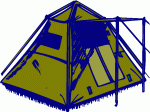 |
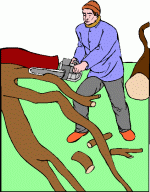 |
 |
|
りょこうするのに、スーツケースとパスポートとおかねがいります。(旅行するのに、スーツケースとパスポートとお金が要ります。) |
 |
|||
ボートを こぐのに ボートが いります。(ボートを 漕ぐのに ボートが 要ります。) |
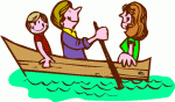 |
|||
サーフィンをするのに サーフボードが いります。(サーフィンをするのに サーフボードが 要ります)。 |
 |
|||
ヨットに のるのに ヨットがいります。 |
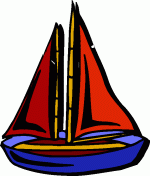 |
|||
![]() Vocabulary Practice #2
Vocabulary Practice #2
When you feel you have practiced enough, continue to practice the vocabulary along with their English equivalents in this activity. Click Vocabulary Practice or click the button below.
Here is a print version of this actvity. You will still need to use the online version to hear any audio.
Vocabulary Practice #2

![]() Graded Assignments
Graded Assignments
Please return to the Section 1 Tasks & Assignments folder to complete the graded assignments for Section 1, Part B.

